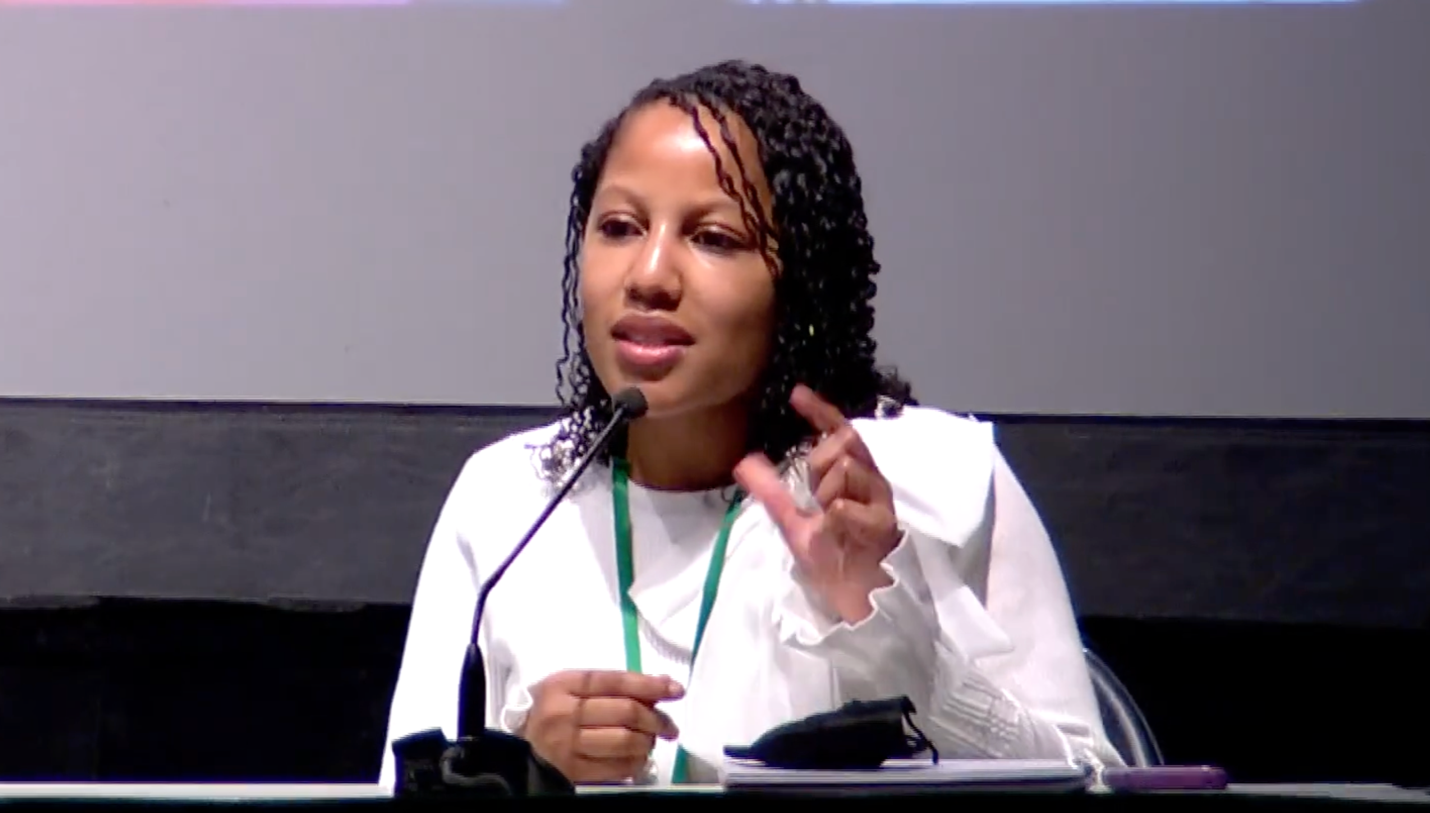This article is part of the series YIMBYtown 2022
The conversation shared below was part of the YIMBYtown 2022 conference, cohosted by Sightline Institute and Portland: Neighbors Welcome.*
At its peak, federal highway construction demolished 37,000 homes a year to make way for roads. More than 1 million Americans—a significant proportion of them people of color—were displaced from their neighborhoods. Millions more were left living next to a highway, subject to its noxious effects. Highway building is a housing crisis. Can dismantling highways help alleviate it and repair the communities they split?
An increasing number of American cities see replacing highways with connected neighborhoods as an opportunity for both economic and community development. Four freeway fighters discuss how cities can build whole neighborhoods out of former highway corridors and create reparative programs that sustain and support existing communities.
- Shawn Dunwoody, vice president of Hinge Neighbors, walks through the sectioned freeway dismantling projects in Rochester, New York, where “a few thousand feet separate major social, economic, and racial disparities,” and the efforts to expand the types of housing that will be built. He describes how educating both sides of the affected areas took communities from talking about what they don’t want to envisioning what they do.
- Regan Patterson, Transportation Equity Research Fellow at the Congressional Black Caucus Foundation (CBCF), talks about the long-term environmental and demographic changes associated with the 1991 relocation of I-880 around West Oakland. Freeway teardowns, she says, is the goal and can actually redress inequity for longtime residents and change who gets to reimagine space at this new transportation and housing nexus.
- Amy Stelly, co-founder of Claiborne Avenue Alliance, explains why building new homes next to highways is not a solution to any housing crisis. She describes how I-10 sliced through her redlined neighborhood and obliterated housing, landmarks, and historic sites, replacing them with noise pollution, poor air quality, flooding, and unwanted activities such as drug use, prostitution, and gun violence. Highway removal, she says, is an opportunity to repair communities and a restorative process that includes making sure that people who live there can stay and those who were displaced can return if they choose to.
- Marc Wouters, director of Marc Wouters | Studios, discusses his role in stopping the expansion of the Brooklyn-Queens Expressway and in the removal of I-81 in Syracuse, New York. He talks about working closely with the community in Syracuse to determine what to do with the new land and how existing residents would benefit from the changes. He emphasizes the need to ensure that all community members feel welcome at the table and that they actually own it.
- Ben Crowther, program manager with the Congress for the New Urbanism (CNU)’s Highways to Boulevards initiative, moderates the session. He kicks it off with a brief history of highway building and the environmental and human cost, particularly for Black and brown communities. He also highlights the need for a new paradigm in how we build and connect cities—one that centers people before highways and perhaps even dismantles existing roads to reconnect communities.
*YIMBYtown 2022 occurred April 11–13 in Portland, Oregon, the fourth annual gathering (after some COVID delays) of “Yes in My Back Yard” (YIMBY) community leaders, organizers, planners, policymakers, educators, and housing providers eager to share resources and strategies for building more affordable, sustainable, and equitable communities.

